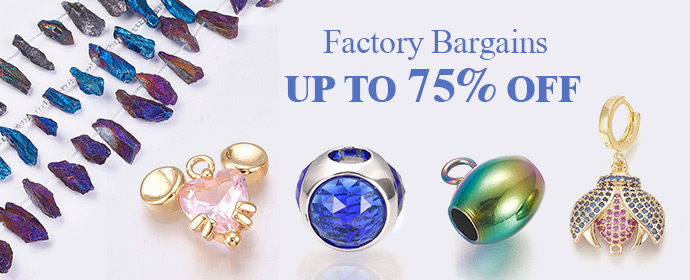Fashion has always been an image of the ever-changing cultural, social, and political environments. From the early days of haute couture to today’s streetwear revolution, the fashion world has witnessed radical transformations. Maybe one of the most significant transformations of late has been the move toward inclusivity and diversity on the runway. Those times when fashion weeks were dominated by a monotonous lineup of models are a thing of the past. Global fashion weeks today are welcoming human diversity to their runways with various body forms, ethnic groups, gender expressions, and capacities.
In this blog article, we explore how large-scale global fashion weeks are embracing diversity, the impact it has on the fashion world, and why diversity is not a trend but a movement that is here to stay.
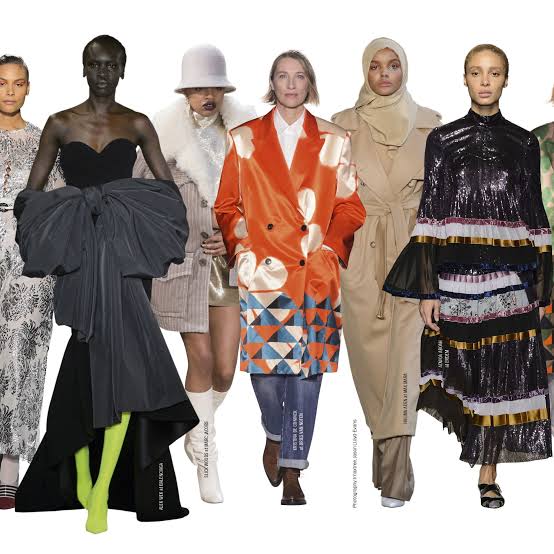
Photo credit: ELLE
1. The Evolution of Diversity in Fashion
Fashion has always been elitist. During the 20th century, catwalks were dominated by an idealized vision of beauty tall, thin, and largely white. Models were required to conform to a very strict physical template, and designers tended to create collections for only a certain kind of person. But over the last couple of years, the row over diversity and inclusivity has picked up incredible pace.
Models such as Naomi Campbell, Tyra Banks, and Iman opened the way for greater diversity in the 1990s, but it was during the 2000s and 2010s that we witnessed a proliferation of plus models, racial diversity, and diversity of beauty standards. Over the past decade, designers, brands, and fashion weeks globally have been under mounting pressure to represent the multicultural world that we inhabit. Nowadays, inclusivity is not a trend but an essential value that cuts through the development of the fashion industry.
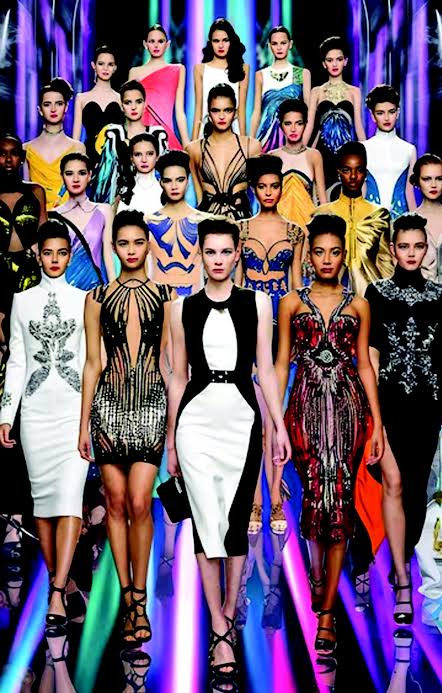
Photo credit: Apparel Views
2. Global Fashion Weeks Embrace Inclusivity
New York Fashion Week (NYFW): New York Fashion Week has been the strongest show of the fashion season for decades. NYFW has become more body-diverse over the last few years, especially body diversity. Christian Siriano, Marc Jacobs, and Prabal Gurung have featured models of varying body types, ethnicities, and genders in their shows. Siriano, on the other hand, was an outspoken advocate for body diversity and utilized his platform every day to advocate for models of all sizes.
There is this tornado of energy with the designers who are specifically crossing boundaries at NYFW. To use an example, designer fashion in 2021 had plus-size model Precious Lee, one of the most prominent plus-size models of our generation, walk the catwalk for brands such as Versace and Valentino. Further, the addition of trans and non-binary models like Laith Ashley and Indya Moore has transgressed gender boundaries to nonconformity, making room for inclusive representation on the catwalk.
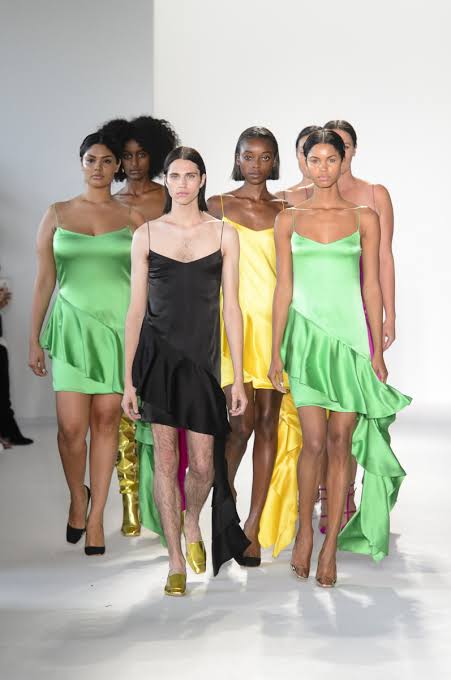
Photo credit: Fashionista
London Fashion Week (LFW): London has been a hub for fashion creativity and innovation from the very beginning, and its diversity has only further enhanced this status. London Fashion Week has been one of the most forward-thinking when it comes to inclusivity for a long time. Designers such as Simone Rocha and Ashley Williams have been pioneers in promoting gender-neutral fashion, while others such as Telfar Clemens have featured models of various racial and ethnic origins.
LFW also broke new ground by hosting some of the earliest runway shows that prominently included disabled models. One of those moments was when designer Madeline Stuart, the world’s first professional Down syndrome model, broke onto the scene in 2015. In the years since, inclusion of disabled models has become increasingly normal, with major brands such as Burberry, Victoria Beckham, and even high-street brand Zara including adaptive fashion lines.

Photo credit: Fashion Capital
Paris Fashion Week (PFW): Paris Fashion Week, which has long been thought of as the height of fashion, is finally stepping up in terms of inclusivity, although progress has been slower than among its American and British counterparts. Nonetheless, the last couple of years have witnessed lines such as Balenciaga, Givenchy, and Dior attempting to feature models of diverse racial backgrounds. In 2020, a milestone was achieved when the French designer Olivier Rousteing featured an all-Black cast of models to present his collection for Balmain.
Additionally, PFW is starting to adopt models of different body types and ages. Older models such as Maye Musk (mother of Elon Musk) and models aged in their 60s and 70s have appeared on the runway for high-profile designers such as Dolce & Gabbana, to showcase that beauty does not grow old.
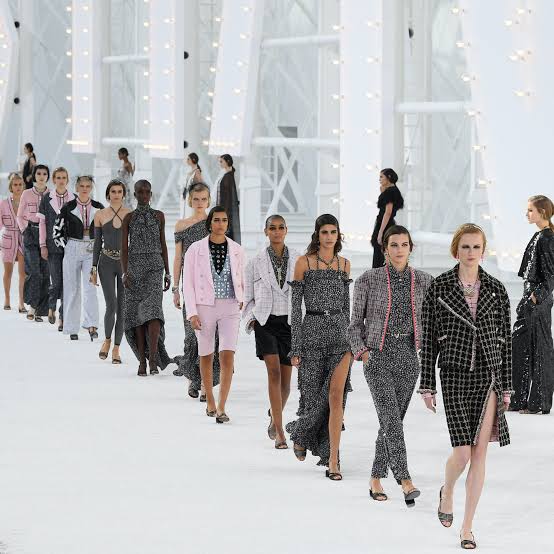
Photo credit: Ferrari Fashion School
3. The Impact of Social Media & Fashion Activism
One of the driving forces of the fashion boom of diversity is the power of social media. Social media platforms like Instagram, TikTok, and Twitter have given access directly to consumers by models, fashion designers, and influencers. Fashion activism is not left any more in the control of select insiders; it is a worldwide movement led by ordinary people.
Social media movements like #BlackAndModelled, #PlusIsEqual, and #DiversityIsBeauty have brought importance to the need for diversity and inclusivity in fashion, leading brands and designers to reconsider their casting choices. Apart from that, social influencers like Kim Kardashian, Zendaya, and Adut Akech have made use of their influence in promoting diversity, along with working with diverse brands to provide a voice to underrepresented groups.
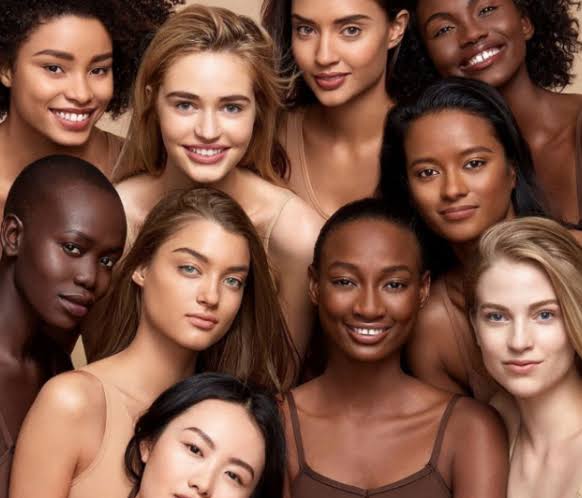
Photo credit: Achona
4. Why Inclusivity Is More Than Just a Trend
Others contend that diversity on the catwalk is merely a marketing strategy, an attempt to respond to increased consumer demand and not a deeply held value. While brands are perhaps more under the gun than ever before to appeal to a wider demographic, there is no doubt that inclusivity is leaving a lasting legacy.
The fashion world is finally waking up to the fact that beauty is not just one shape, size, or color. By being inclusive, designers can appeal to a broader audience, have a more meaningful relationship with consumers, and promote self-confidence in those who have been left out for so long. Inclusivity is not merely about hiring models of various races, sizes, and gender identities; it’s about designing spaces where every person can look at the clothes they wear and see themselves.
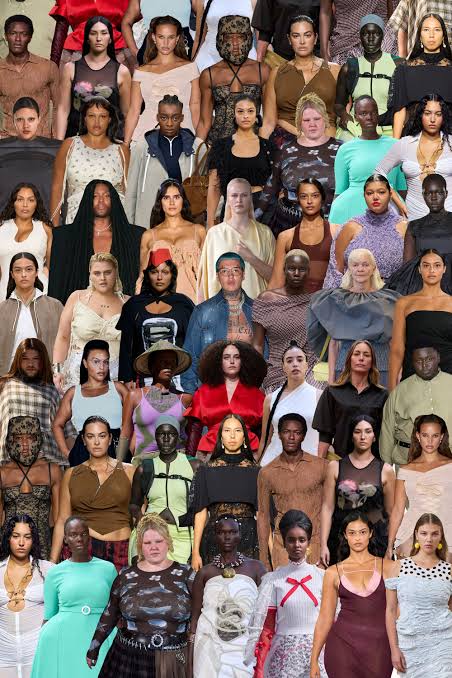
Photo credit: Vogue Business
5. Looking Ahead: The Future of Inclusivity in Fashion
While there has been much improvement, the work is not yet complete. The fashion industry still has a long way to go in properly reflecting the diversity of the population of the world. Racial equality, equal pay, and the inclusion of disabled models are still on the debate agenda in the fashion industry.
Second, inclusivity must extend beyond the catwalk. The fashion industry needs to heed inclusivity not just in marketing, but in design and product development as well. The fashion industry’s cry for diversity needs to be anchored on a broad, inclusive conception of beauty and fashion, one that is not encapsulated in a limited few categories but that embraces the whole spectrum of human existence.

Photo credit: Medium
Frequently Asked Questions (FAQs): Diversity and Inclusivity in Fashion
Q1: Why is runway diversity so significant?
Runway diversity is significant because it captures the real diversity of beauty, identity, and individuality in the world. By presenting a range of models, fashion companies can reach more consumers, encourage self-esteem, and defy conventional notions of beauty. It also enables individuals to see themselves represented in a way that was not available to them before.
Q2: In what ways are the fashion weeks across the globe embracing diversity?
Global fashion weeks such as those taking place in New York, London, and Paris are embracing diversity by casting models of various ethnic backgrounds, shapes, and gender identities. They are also casting more disabled models and mature models. Most designers are making a deliberate effort to cast a diverse group of models in an attempt to replicate the outside world.
Q3: Which are some of the designers at the forefront of inclusivity?
Designers such as Christian Siriano, Prabal Gurung, and Telfar Clemens are recognized for their inclusive designs. Siriano, for instance, has been one of the most vocal proponents of body diversity, while Clemens’ brand, Telfar, stands out for being gender-neutral in fashion. Stella McCartney and Victoria Beckham are also among other designers who have taken a big step towards adopting inclusivity.
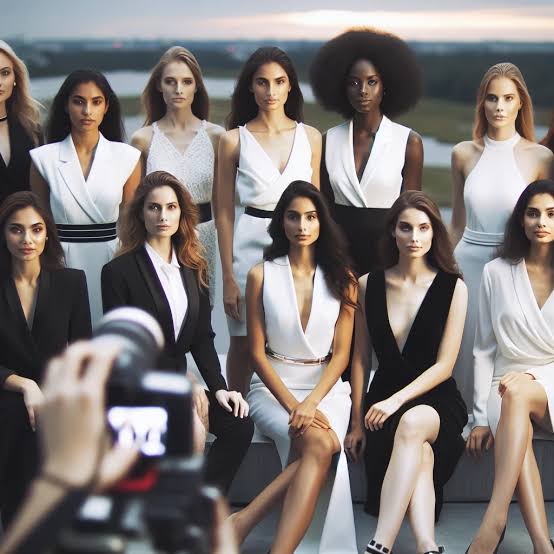
Photo credit: Coveti
Q4: How has social media impacted inclusivity in fashion?
Social media channels such as Instagram and TikTok have amplified the voices for diversity and inclusivity in fashion. Hashtags such as #PlusIsEqual and #DiversityIsBeauty allow consumers and influencers to call brands out and demand change. Social media has democratized fashion, so it is more accessible and representative for everybody.
Q5: What still needs to be overcome to experience complete inclusivity in fashion?
Even with the advancements, the fashion world continues to have issues, such as racial equality, equal pay for models, and accessibility for people with disabilities. Moreover, most brands continue to prefer certain body types or gender identities, which restricts actual inclusivity. In the future, there must be a continued emphasis on not only casting diverse models but also on producing inclusive products and marketing campaigns.

Photo credit: WWD
Conclusion: Diversity is Visible Everywhere
Runway diversity is no longer a fleeting trend but a movement that is transforming the fashion world in deep and lasting ways. International fashion weeks are at the forefront by presenting a more diverse, inclusive group of models, and designers are welcoming diversity as a fundamental aspect of their design process. This change is not only indicative of the change in society but also a demonstration of the strength of fashion to be able to represent and show admiration for the magnificence of human difference.
As fashion moves forward, the aspiration is that inclusivity will be the new standard, so everyone no matter the size, shape, color, gender, or ability feels represented and loved on the runway. The future of fashion is inclusive, and it is stunning.
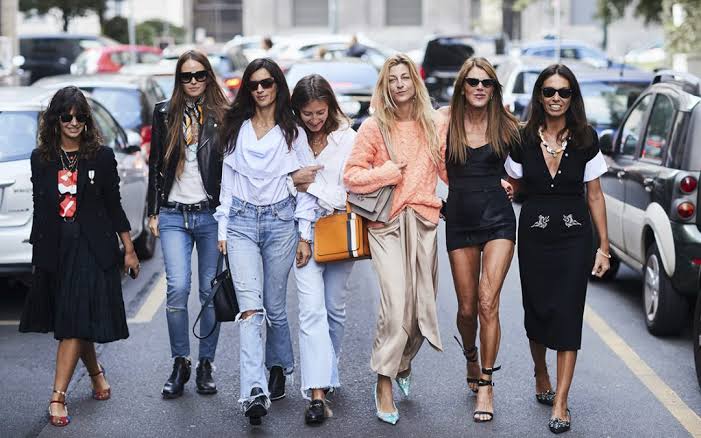
Photo credit: Pingry Students
Author: Raja Bahar Khan Soomro
Just click upon to read the following suggested articles
1. Top 10 All-Time Most Beautiful Fashion Models in the World: A Journey Through Timeless Elegance
2. Power of Perfumes: How Fragrance Influences Women’s Fashion Choices and Emotional Expression
Recommended1 recommendationPublished in apparel, Bathing Suits, Bridal, celebrity fashion, Hairstyles, Makeup, Our Fashion Passion, Petite, Plus Size, Pop Fashion, street style, Uncategorized


